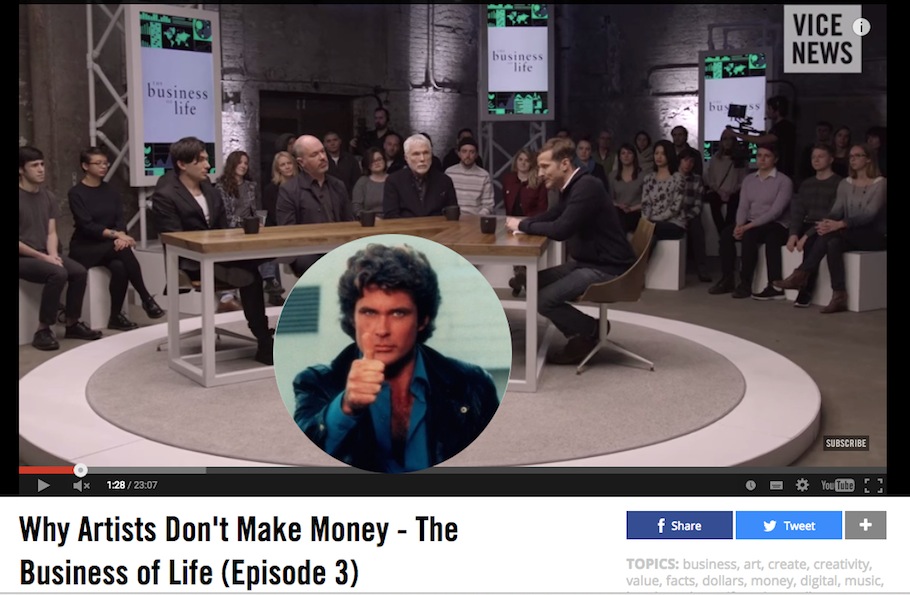“Adding any words to this paper would make it less white than this fucking conference,” read an anonymously type-written note submitted at the Superscript opening party, Everyone’s a Critic. This #sorrynotsorry dis prompts the question of who is included in “everyone”? Who is actually here at this conference, and what does a quick glance around the auditorium tell us about the state of professional criticism? Mostly white people—on stage, mostly white dudes—and, as we say in Canada, the “friends of the museum” who can afford it. If, according to Buzzfeed Books editor Isaac Fitzgerald, the Internet has allowed us all to participate in this “giant garden party,” why isn’t that reflected here?
The critics and editors who are asked to be presenters and panelists at conferences the size of Superscript are approached in their capacity as professional voices of authority who can dispense pointers from their well of expertise. So, as an emerging critic, I attend these symposia with ears pricked up for their tips and tricks, while also taking note of broad, abstract issues and ideas; events like these helpfully situate the art and criticism that I consume online within a tangible IRL context.
Journalism 101 advice like “don’t be afraid to point fingers” can be casually doled out by a veteran critic whose newspaper column isn’t supported by ads, for example, allowing him to critique whatever he wants without his hands tied behind his back, like so many other critics working today. But as a young woman of color (WOC)—though not without the passing privilege of an appearance that’s ethnically ambiguous and a hard-to-place accent—I could only take this kind of advice with a grain of salt. In most North American institutional settings, the power dynamic is often slightly to not-so-slightly lopsided out of my favor, so that I hesitate to step on toes even when I am encouraged to real-talk.
Other people watching the conference had similar reactions. I e-vibed with Adrianne Russell, a self-described “museum evangelist” and “social media bon vivant” whose tweets were some of the most apt ones I saw throughout the day:
While the one thing that the panelists of the Superscript opener “Credibility, Criticism, Collusion” concurred on is the idea that the Internet is a platform that enables everyone to be a critic, via Yelp or Metacritic or Amazon (i.e. hot-or-not “service criticism” that is discovery oriented and geared toward readers seeking recommendations and ratings), it’s hard not to ask: What distinguishes the academically trained, “professional” critic? Whose voice is awarded sway and authority, and whose voice is rarefied by a paywall? And therefore, whose labor is financially compensated?
Going forward, I urge you, presenters and sanctioned voices of authority, to consider that the receiving end of the advice you’re dispensing isn’t the universal, unmarked recipient who has at her infinite disposal the means to implement your directions. Please recognize that identities with different intersections of race, class, gender, and ability allow for varying degrees of luxury to effortlessly generate the kind of unrepentant, adverse criticism that you advocate is crucial for the robustness—and future—of this discipline. Marginalized voices are and should be capable of producing robust criticism, but we need more considerate, nuanced advice to figure out how to do so safely.
The Superscript Blog Mentorship program, a partnership with Hyperallergic, is presented as part of
Get Walker Reader in your inbox. Sign up to receive first word about our original videos, commissioned essays, curatorial perspectives, and artist interviews.


